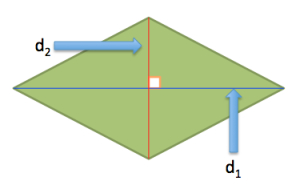Math and Multimedia turns 6
Math and Multimedia turns 6 today. This blog started in 2009 in WordPress.com and since then has been updated at least three times a week. Mathematics and Multimedia is a blog that discusses mathematics concepts from elementary school mathematics up to university mathematics, provides suggestions and tutorials on how to use multimedia materials and apps in mathematics, and share useful teaching and learning materials.
As of today, Math and Multimedia has 1152 articles and has garnered 2.3 million page views. Below are the most popular posts in terms of number of shares.
- 14 Useful Sites on Paper Folding Instructions and Origami Tutorials
- How to Construct a GeoGebra Heart Graph
- 7 Extraordinary Mathematicians You Should Know About
- 15 Math Pickup Lines to Try This Valentine’s Day
- The Explanation to the Infinite Chocolate Bar Trick
- 10 Notable Mathematicians Who Died Young
- 7 Amazing Facts About Pascal’s Triangle
- 6 Prodigies in Mental Math Calculation Who Stunned the World
- TED-Ed’s Interactive Periodic Table
- 1300 Free K-12 Mathematics Lesson Plans and Activities
You can follow Math and Multimedia on Twitter, Facebook, and Google+.
Happy learning!
Happy Teacher’s Day!

